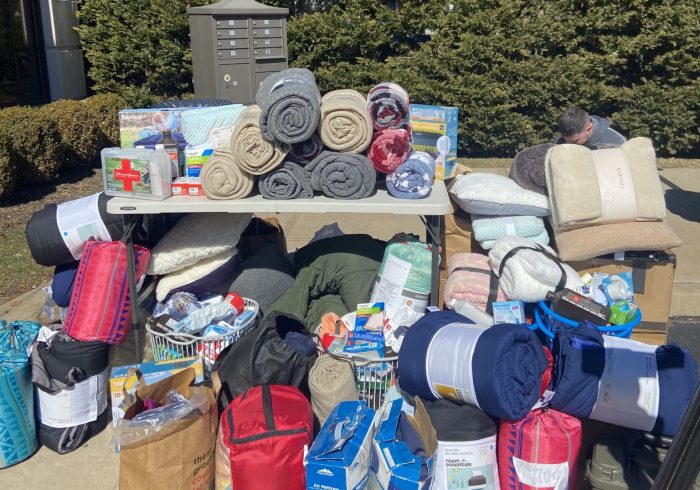On Tuesday March 15, the U.S. Senate passed legislation that would make daylight saving time permanent. That doesn’t mean it’s a done deal. The House of Representatives still has to meet and agree to pass the bill before it can go to President Joe Biden to sign. Also, it wouldn’t go into effect until 2023.
Be that as it may, we here at TBR News Media thought it would be interesting to see how people felt about the news, so we headed out to the streets of Port Jefferson on a sunny Friday afternoon to see what local passersby thought of the prospect of never having to move their clocks forward and back each year.
Here’s what they had to say:

Samantha Falese, West Islip
“I love the sunshine. I’m a morning person, so when I get up, it might be a little bit darker, but I like the idea of coming home knowing it’s light out because I work about an hour away.”

Rachel Guglielmo, Port Jefferson
“I’m looking forward to it staying like this. I like getting out of work and being in the sunlight instead of leaving work and it being all dark out and making me feel like my day is all over. I’m more motivated when it’s light out.”
 Connie Poulos, Selden
Connie Poulos, Selden
“I’m happy about it. If it’s like, so that it doesn’t get dark at 4 o’clock, that would be nice. I’m looking forward to more sunlight.”
 Gwen Coady with grandson Jack, Saint James
Gwen Coady with grandson Jack, Saint James
“My husband does construction. If he works later in the summer, it stinks. If it’s daylight, he keeps on working. The other way, he keeps more of a schedule. But I do like the daylight savings because I love to be outside.”
 Allison Marin, Port Jefferson
Allison Marin, Port Jefferson
“I think I like the changing back and forth because it kind of gives you something to look forward to that day — when you know you’re getting the hour back. I don’t love losing it necessarily, but when you get the hour back, you kind of feel like you won. You know? Like you want to do something big with your hour. You have to make it worth something. I think it’s kind of fun.”
 Stephen Malusa, Selden
Stephen Malusa, Selden
“I like it. Finally get rid of that nonsense. Changing back and forth is just an annoyance.”






















